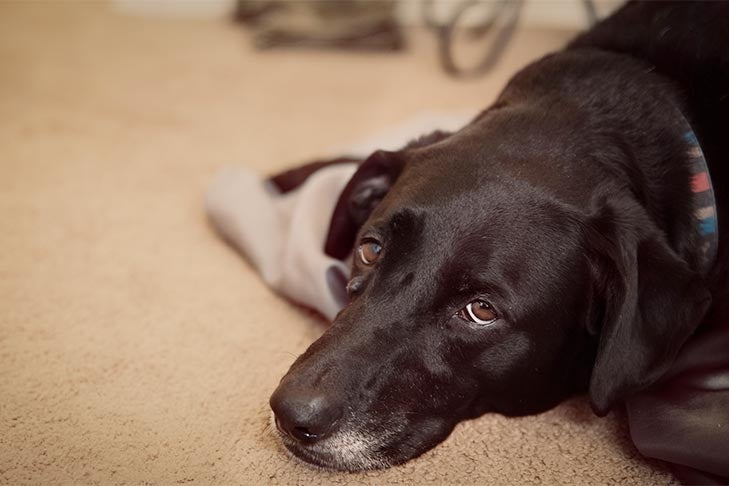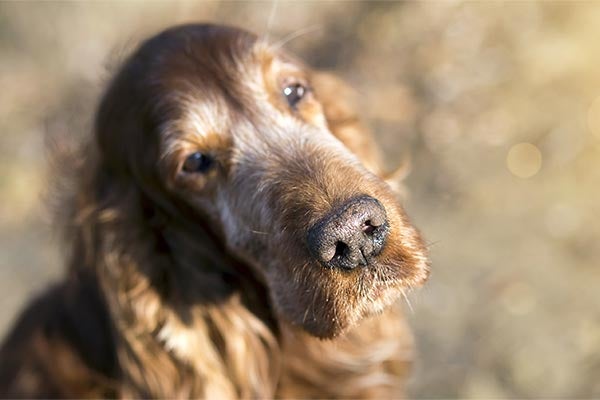
Most dog owners would probably tell you that a cold, wet nose on their canine companion signals a healthy pup. Likewise, many believe a dog is sick when his nose is dry — but is this true?
Before we get into that debate, we first need to understand why dogs have wet noses. The answer is simple: wet noses work better. Dogs depend on their highly developed sense of smell to interpret their world, and scent particles stick better to moist surfaces. That wet nose also cools your dog down on hot days, similar to how panting regulates his body temperature.
The lining of your dog’s nose contains special mucus producing glands that keep his nasal passageways moist, along with producing a clear, watery fluid that helps keep him cool. Dogs also lick their noses on a regular basis to keep them clean. All that sniffing can result in dirt and pollen collecting around your dog’s nostrils, and licking serves two purposes: not only does it keep your dog’s nose wet, but pups can also interpret smell through taste, thanks to a highly specialized olfactory organ called the Jacobson’s organ.
So, What Does It Mean When a Dog’s Nose Is Dry?
As convenient as it would be to have an easy way to gauge sickness in dogs, there are several perfectly normal reasons why a dog’s nose might be warm or dry, and it is worth noting that sick dogs can have wet noses, too.

Let’s take a look at some possible explanations as to why your dog’s nose might be dry:
- Your dog was napping. Sleeping dogs don’t usually lick their noses, so they may wake up with warm noses.
- Dehydration from exercise. Strenuous exercise is dehydrating, which can lead to a dry nose.
- Exposure to the elements. Exposure to hot sunlight, wind, or cold can dry your dog’s nose, and, in some cases, may result in chapped or sunburned snouts. Lying next to a source of heat, like a fire or a heat vent, can also cause dry skin on your dog’s nose.
- Age. Some dogs develop dry noses with age.
A hot, dry nose doesn’t always mean trouble, but it can certainly be a sign of fever, dehydration, or even conditions like dry eye. If your dog’s dry nose is accompanied by other symptoms, like lethargy, vomiting or diarrhea, or changes in activity or appetite, contact your veterinarian for advice.
Looking and touching your dog’s gums and noting their color can yield more accurate information than his nose. If gums are moist, that’s a sign of good hydration. If they’re very dry, or tacky, it could be a sign of dehydration. If gums are a nice pink, like a person’s, it’s a good sign. Pale gums could be an indication of anemia or low blood pressure. If your dog has bright red-purple or pal blueish gums, he should be examined by a veterinarian right away.

